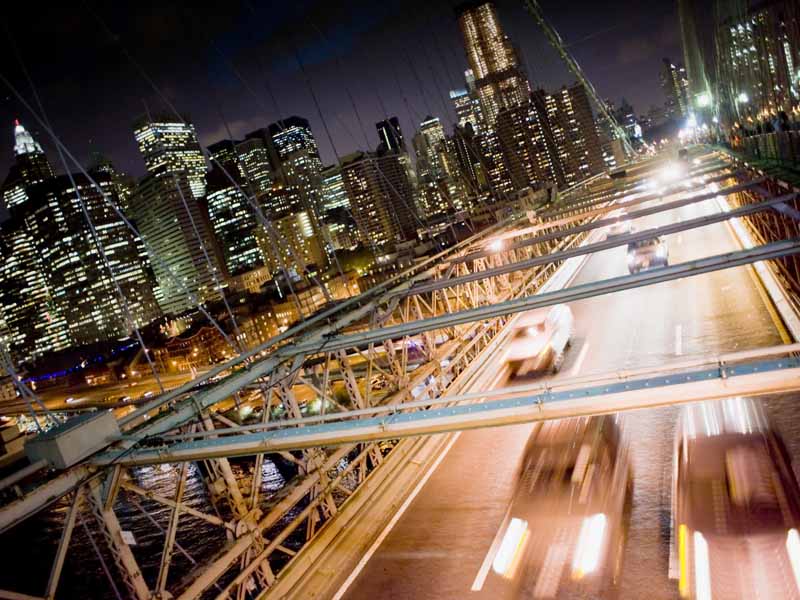Fifty-two city councils across the country have been handed a cut of $28.5 million for new projects under round one of the federal government’s $50 million Smart Cities and Suburbs program.
The projects include installing LED street lights with Wi-Fi to boost brightness and reduce anti-social behaviour, on-demand bus stops with electric car chargers and driverless shuttles to cut traffic congestion, and street sensors that indicate available car parking and turn traffic lights green for emergency vehicles.
Assistant Minister for Cities and Digital Transformation Angus Taylor said the projects targeted local problems. “It’s surprising how often a simple solution can have the most impact.”

“Look at the difference all those apps are making to our everyday lives. Technology development is moving at a rapid pace in Australia, and harnessing the power of these innovations will set up the future success of our cities.
“Too often Australia is viewed simply as a customer for technologies developed overseas. Promoting clever home-grown digital and data solutions, which can be replicated in other locations, will move Australia into a leadership position, where we can take smart city technologies out to the world.”
Internet of Things Alliance Australia’s principal consultant Geof Heydon says although there were many first phase IoT projects underway across Australia, the real challenge was that none of them really understood how to share information to benefit the communities they operate in.
“If you take any of the traditional silos in the local council, things like waste management, lighting, park management, all of the things the local council does, there are lots of first phase IoT projects going on,” he said.
“The idea of making garbage collection a little more efficient by sensing when a bin that is a long way away from council base is full can save money, but that doesn’t actually get you anywhere, except making that little bit of the world more efficient.
“It’s a wonderful thing to do, but each of the silos in a city is in their own way trying to do something that creates some kind of productivity improvement, some gain, some efficiency.
“The challenge with all of them is they don’t yet recognise [they need to] to share. The monetisation of the data is such an interesting step when the people, who are busy making waste collection more efficient, suddenly see that their data is actually of value to somebody else in another silo, somewhere in the organisation.”
Mr Heydon believes the existing business model that councils rely on is a major barrier for why they are failing to understand the benefit of collecting data, let alone wanting to share it.
“How does a CEO of a council invest in speculating that somewhere in that data there is a way to improve efficiency; it’s a very tough step. The business model that says data equals money is something actually foreign to a CEO of a council or many businesses because it’s about problem solving,” he said.
“If you haven’t identified a digital problem, you don’t know how to go about solving it yet, so the business case of solving it is hard to get up. There’s an argument out there that everybody is facing it in a smart cities context.”
He added it should be even easier for councils to justify investing in smart sensors now that it’s much cheaper, predicting that eventually almost anything and everything will have a sensor on it, and more information can be gathered.
“Today we might be quite comfortable considering a sensor for a few dollars on a device or a thing that is worth a couple of hundred dollars. It’s completely reasonable that over the next decade we’ll only be sensing things that are a couple of dollar, and a decade after that only a couple of cents.
“There are already moves to make concrete its own sensor so information can flow through concrete and be its own communications infrastructure, so it’s not unreasonable to think a piece of paper will have a sensor in it.”
While there are some clear local benefits, Mr Heydon says the adoption of IoT and the development of smarties cities would also boost Australian global competitiveness.
KPMG Internet of Things national leader Piers Hogarth-Scott said during the same event that IoT and the data that results from it can be applied to solve larger social problems.
“How can we use IoT to improve the quality of life, reduce waste, reduce crime, produce more food, and do things more efficiently?” he said.
Do you know more? Contact James Riley via Email.

